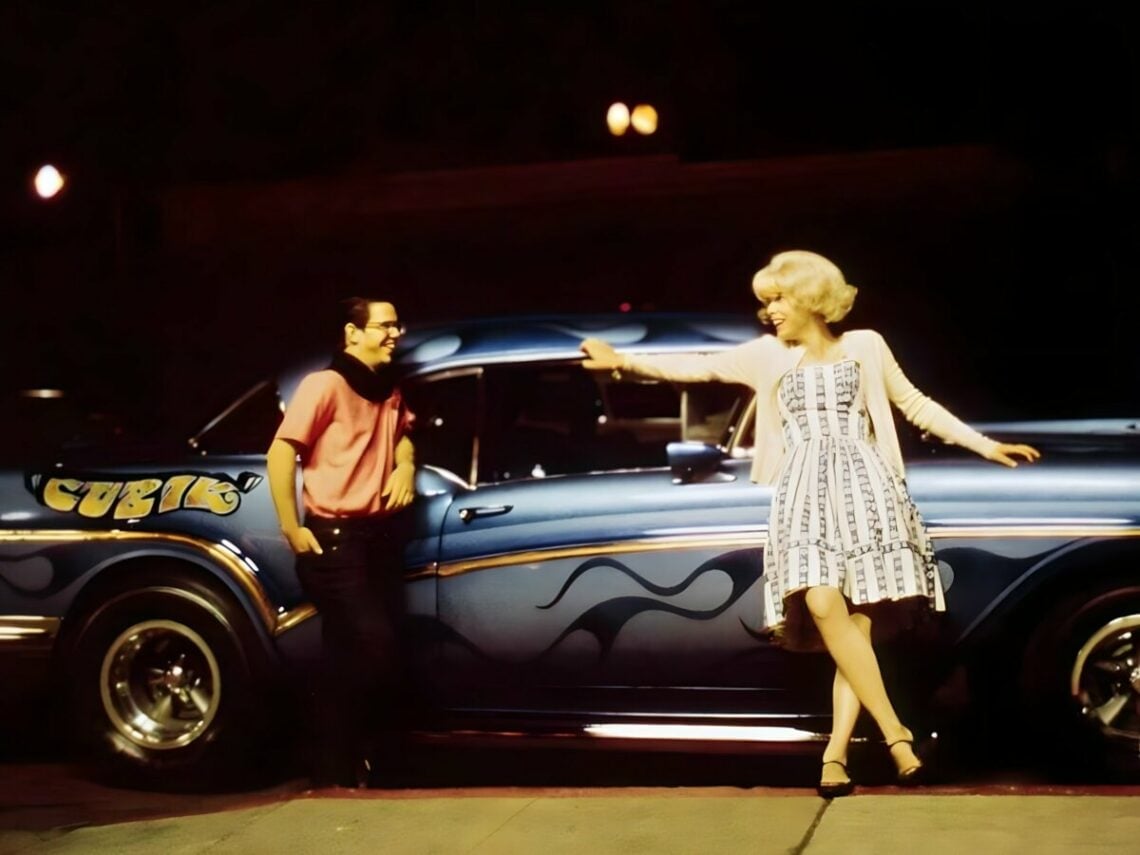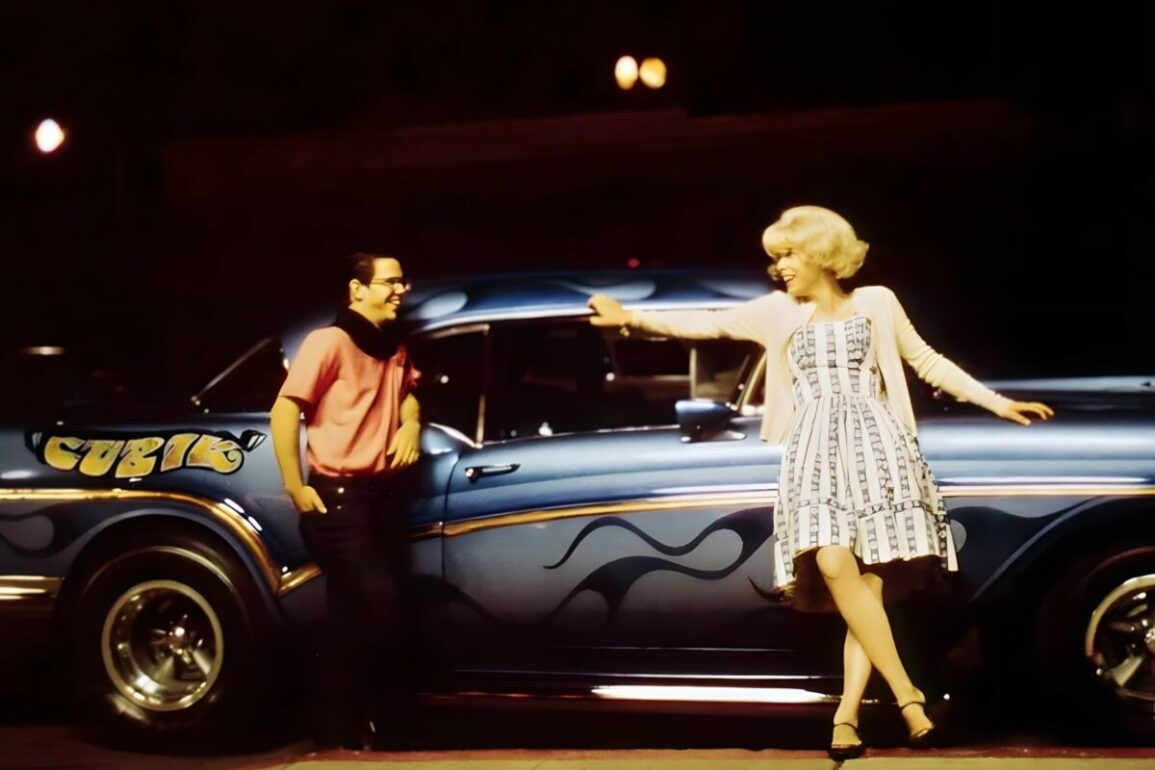
(Credit: Alamy)
Having become so synonymous with Star Wars and the various bells and whistles that came attached to the industry-shaking sci-fi spectacular, it’s very easy to forget that George Lucas was being heralded as having the potential to be one of the ‘New Hollywood’ movement’s most promising auteurs.
Eventually, the galaxy far, far away he created from the ground up consumed virtually every fibre of his creative and filmmaking existence, with the first instalment in the franchise becoming the highest-grossing film in history after releasing in 1977, reinventing the concept of how movies could earn money along the way after he rewrote the rulebook to take a cut of the merchandising profits, not to mention the advent of Industrial Light & Magic and the rapid advancement of visual effects technology.
Before that, though, Lucas co-wrote and directed a coming-of-age dramatic comedy that went heavy on nostalgia, earned five Academy Award nominations, including ‘Best Picture’ and ‘Best Director’, and became one of the most profitable productions of all time after turning a $770,000 budget into ticket sales totalling $140million.
Critical acclaim and awards season recognition don’t guarantee huge profit margins, but in what soon became a defining characteristic, Lucas bet big on himself in the belief American Graffiti would succeed. As the first film backed by his self-founded Lucasfilm banner, the filmmaker wanted its debut feature to reflect his own creativity, which presented obstacles considering his first movie, THX 1138, had flopped.
MGM, Paramount, Columbia, and 20th Century Fox all declined the chance to co-finance and distribute before Universal agreed to back American Graffiti while allowing Lucas to retain creative autonomy and final cut as long as he remained on schedule and on budget. Fortunately, the original $600,000 was raised to $750,000 when Francis Ford Coppola boarded the project as co-producer, and the shackles being taken off allowed Lucas to deliver his best work unimpeded.
When Universal wanted to re-edit the film, he and Coppola tried to buy it back only to be rejected, but when The Godfather struck gold, the studio suddenly decided that it was a lot more open to having a relatively unproven director have their period-set drama release the way they originally intended it to be.
Once it did land in cinemas in August 1973, American Graffiti quickly became a word-of-mouth sleeper hit, with the growing cynicism of American society playing a key part in its success. Audiences were drawn to a story that, while technically a period piece, wasn’t a historical film, allowing them to bask in the rose-tinted glow of the freewheeling 1960s before the Vietnam era created such widespread disillusionment.
Seeking an escape from the fractious socio-political landscape, retreating to the world of American Graffiti quickly became known as the ideal way to do it at the local multiplex, while it also contributed massively to the huge uptick in interest towards 1950s and 1960s entertainment and culture.
There’s no magic formula for why it ended up as one of the most profitable films ever made, but in the broadest sense, it was the right movie at the right time and appealing to such a wide array of demographics while being produced for a shoestring saw it cement Lucas as a very wealthy man thanks to the control he maintained all the way through development, shooting, post-production, and release.
[embedded content]





